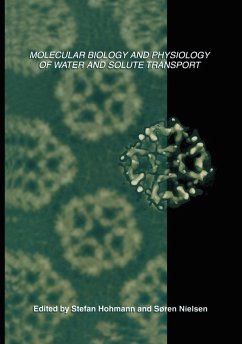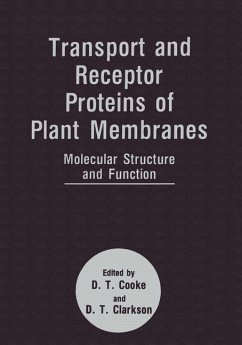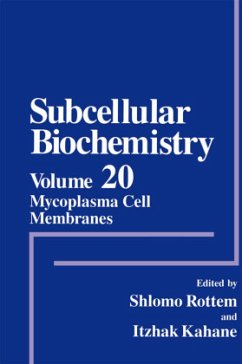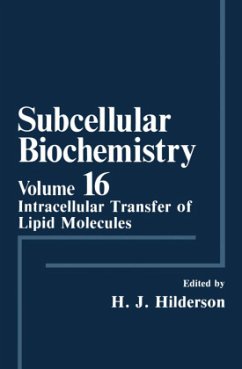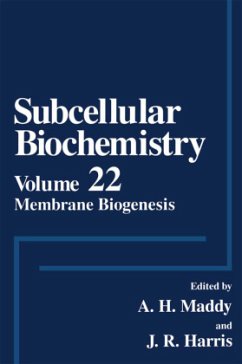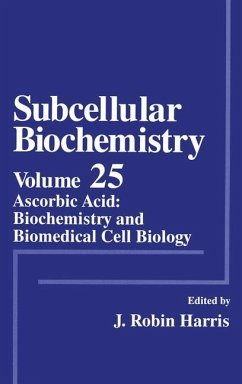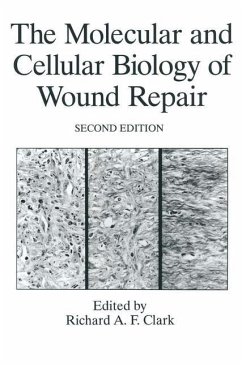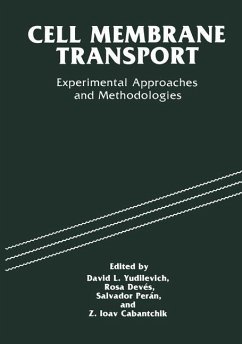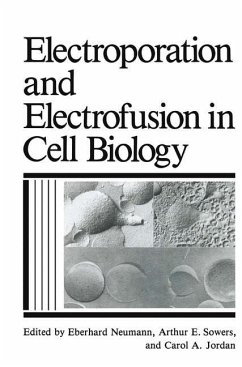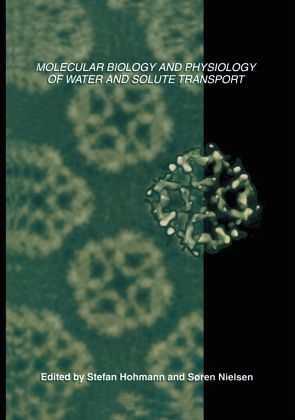
Molecular Biology and Physiology of Water and Solute Transport

PAYBACK Punkte
57 °P sammeln!
Biophysical studies in the 1950ies and 1960ies led to the realization that the water permeability of certain biological membranes must be due to the presence of water transporting proteins. This hypothesis was confirmed in 1991 and 1992 with the pioneering discovery of the first molecular membrane water channel, CHIP28, by Agre and coworkers. This integral membrane protein, which is abundant in the erythrocyte membrane and in many epithelial cells, is now called aquaporin-1 or AQP1. Thus the terms water channel or aquaporin are synonymous. In July 2000 more than 200 researchers came together i...
Biophysical studies in the 1950ies and 1960ies led to the realization that the water permeability of certain biological membranes must be due to the presence of water transporting proteins. This hypothesis was confirmed in 1991 and 1992 with the pioneering discovery of the first molecular membrane water channel, CHIP28, by Agre and coworkers. This integral membrane protein, which is abundant in the erythrocyte membrane and in many epithelial cells, is now called aquaporin-1 or AQP1. Thus the terms water channel or aquaporin are synonymous.
In July 2000 more than 200 researchers came together in Gothenburg, Sweden, for the `3rd International Conference on the Molecular Biology and Physiology of Water and Solute Transport" to discuss progress in this emerging research field. 58 different presentations from this conference are the basis for this book. Cumulatively, these 58 short chapters provide a balanced overview complementing numerous recent reviews in this field.
In July 2000 more than 200 researchers came together in Gothenburg, Sweden, for the `3rd International Conference on the Molecular Biology and Physiology of Water and Solute Transport" to discuss progress in this emerging research field. 58 different presentations from this conference are the basis for this book. Cumulatively, these 58 short chapters provide a balanced overview complementing numerous recent reviews in this field.





